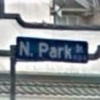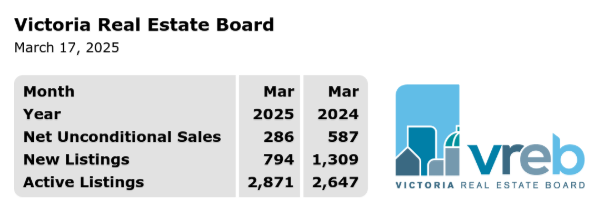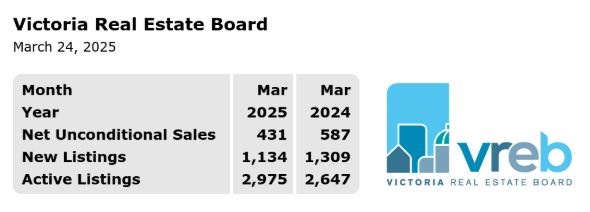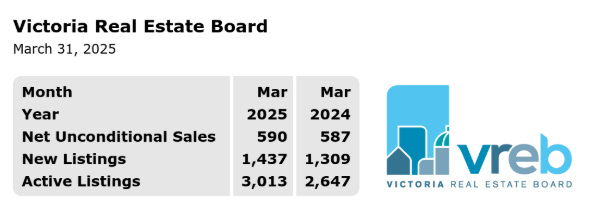A 101-page report prepared for the Ministry of Housing and Municipal Affairs Building and Safety Standards Branch in Victoria spells out the issue in black-and white. Page 45 of the document tells us “Conventional shear walls are no longer adequate to handle the forces and require new solutions that are not normally used in structural design.”
In other words, we don’t know, from a technological standpoint, how to meet the new Building Code requirements while constructing wood-frame housing in southern Vancouver Island, including Victoria.
New Development off the Table
This takes a significant portion of new development off the table on the Island at a time when, as the BC Housing puts it in its commissioned report, a “demographic shift indicates a greater need for more accessible housing.”
From a values perspective, we agree on the intent of the 2024 BC Building Code updates; B.C.’s aging population and people with disabilities should be able to access housing and use it comfortably, and British Columbians should be able to feel safe from the possibility of a megathrust earthquake, expected off our coast within the next 50 years with a 10 to 15 per cent likelihood. But for Vancouver Island residents to benefit from the protections of the new building code, those homes need to be built first, and the exact set of rules designed to protect residents is preventing that from happening in the same sentence.
Built-in Barriers to Building Homes
The built-in barriers to developing new homes are not restricted to wood-frame homes either. New seismic requirements add an overall cost premium of about 11 to 15 per cent for a 15- to 20-storey concrete building in Victoria. For a new mid-rise wood-frame housing complex in Victoria, seismic requirements now add a cost of over 20 per cent.
The Urban Development Institute has been advocating for months about the prohibitively rising costs of development in the province. Developers are already facing the reality that it costs more to build right now than people can afford to live in. Rising development fees now make up close to one third of the cost to build in B.C., driving up project costs overall. In turn, projects are stalling at uncharacteristically high rates, and residential building permits are in decline.
The B.C. government’s new report on the impacts of the new BC Building Code tells us what we’ve been warning since last year when we asked for more time to consider solutions ahead of the problem: the new seismic requirements are the nail in the coffin for Victoria’s housing crisis, and they won’t protect anyone as long as we can’t build new homes under the new rules.
A Question That Requires an Answer
Over the past several months, little has been done on the part of the provincial government to understand the problem, nor to address it. The pause in implementation granted by the B.C. government in 2024 was a wasted opportunity with little action from the province, and we are left with little more than a shoulder shrug in the form of a 101-page report stating the impacts.
What are the “new solutions that are not normally used in structural design” needed to meet the new BC Building Code rules?
This question requires an answer, and the province must join us back at the table in finding out what that is, or what other mitigating measures can be taken to ensure Vancouver Island residents have safe, accessible housing—not just in theory, but in brick-and-mortar homes—or in this case, wood-frame and concrete housing.
Article
https://www.linkedin...uPk/rhYmj7Tw==

















